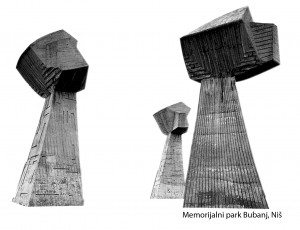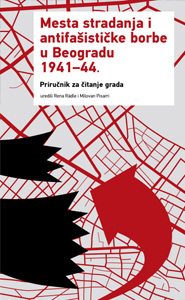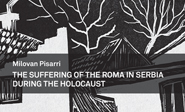On the urgency of the project “School of Remembrance – Producing knowledge about Roma genocide and how to fight Antigypsyism”
In recent years, the Serbian government has recognized the importance of raising awareness about the extermination of the Jews during Nazi occupation and in early 2012 organized the first temporary exhibition on the Holocaust in Serbia 1941-1944. The history of the Roma genocide in Serbia during the Second World War, however, is still insufficiently studied and widely unknown. The lack of a culture of remembrance of these events, the neglect of the Roma genocide in historical research and its absence from the curricula of school education have lead to the falling into oblivion of these events in the public.
The only systematic scientific research on the victims and perpetrators of Roma genocide conducted in the last three decades in Serbia was focused on the genocide against Serbian and Roma population in the Jasenovac camp in Croatia. Today we are faced with the problem that even if there might exist the wish to inform and educate about persecution and suffering of the Roma in Serbia, there isn’t enough material available to work with. Still, one of the main reasons for the lack of information and education on the persecution of the Roma, lies in the fact that in Serbia prejudices and racism against the Roma are part of everyday life.
Our activities aim to raise awareness about how important it is to work on the historical facts, with regard to the continuity of discrimination against the Roma, which could in a particular situation result in a repeated genocide. More than half a century after the end of World War II, in many parts of Europe the Roma community is target of Antigypsyism, delegitimization, human rights violations and systematic discrimination. For example, violent deportations of Roma refugees from Germany to Serbia and Kosovo are organized regularly according to the readmission treaty. But there is also resistance – as for example the initiative “alle bleiben” which fights for the rights of the Roma and against deportations.
For the above reasons, the two-year project “School of Remembrance” is designed so that it collects information and produces knowledge at several levels. While one focus is on the historical research on the Roma genocide, their causes and mechanisms is, another part of the project deals with Antigypsyism and systematic discrimination against the Roma today and asks how we can fight it.
The project “School of Remembrance” is supported by three organizations from Serbia and Germany, the Women’s Space from Niš, the Forum for Applied History from Belgrade and the Roma Center Göttingen e.V. and made possible by the generous support of the Rosa Luxemburg Foundation Southeast Europe and the International Holocaust Remembrance Alliance – IHRA.



